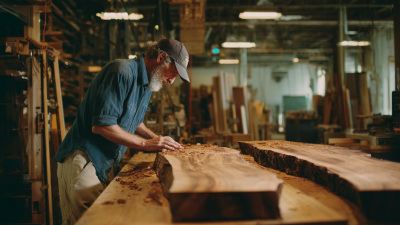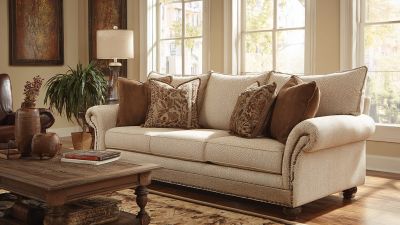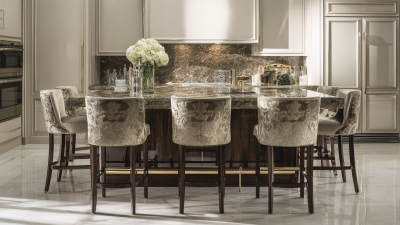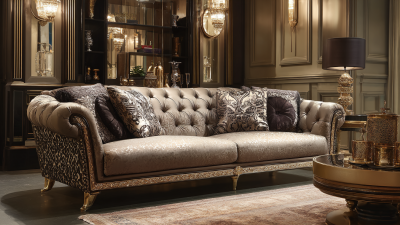As the demand for sustainable living spaces continues to rise, furniture builders are at the forefront of an innovative revolution in home design. According to a recent report by the Sustainable Furnishings Council, the global sustainable furniture market is projected to reach $80 billion by 2026, driven by consumers increasingly prioritizing eco-friendly materials and practices. In 2023, furniture builders are responding to these sustainability trends by adapting their production methods, sourcing responsibly, and emphasizing the use of recycled and renewable materials. This shift not only addresses consumer demand but also aligns with the industry’s overall commitment to reducing its carbon footprint. As more builders embrace these practices, the intersection of sustainability and home design is poised to create a lasting impact on how we perceive and utilize furniture in our living spaces.
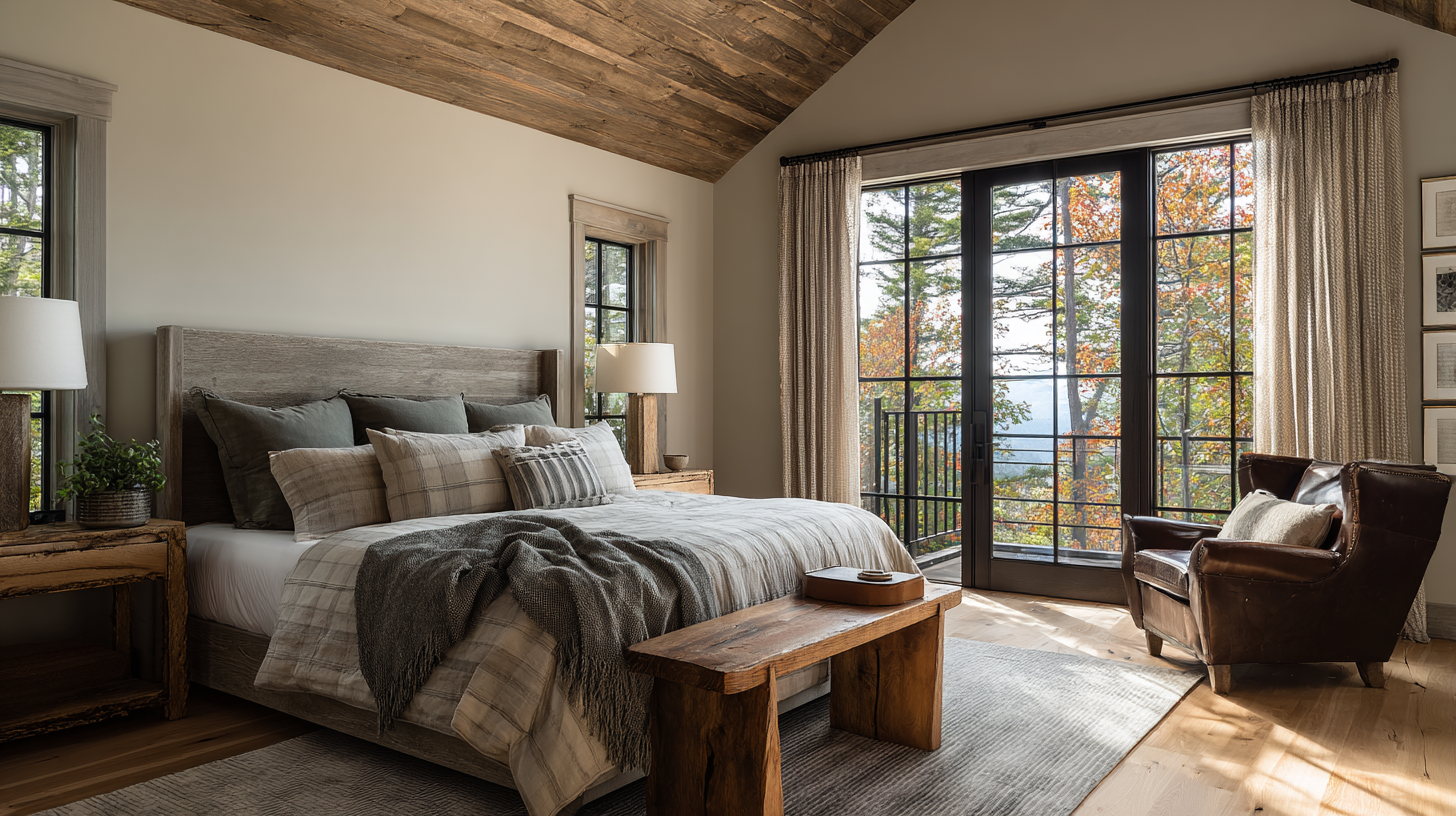
As sustainability becomes a cornerstone in home design, furniture builders are increasingly harnessing innovative materials to align with 2023 trends. According to a recent report by the Research Institute for a Sustainable Future, approximately 70% of consumers now prefer eco-friendly furniture options, highlighting a strong market shift towards sustainability. This change is not just consumer-driven; manufacturers are now prioritizing the use of renewable resources such as bamboo, reclaimed wood, and recycled metals, which are less taxing on the environment.
Embracing these eco-friendly materials not only benefits the planet but also enhances the aesthetic appeal of furniture. For example, bamboo, known for its rapid growth and strength, is becoming a popular choice for designers looking to create sustainable yet stylish pieces. The Global Sustainability Report indicates that the use of recycled materials in furniture design has increased by over 40% in the past three years, showcasing an industry-wide commitment to reducing waste. As furniture builders continue to innovate, the fusion of functionality and sustainability stands poised to redefine modern home aesthetics for years to come.
In 2023, the intersection of minimalism and sustainability continues to shape home design as furniture builders increasingly focus on creating pieces that are both functional and stylish. This shift embraces clean lines and simple designs, allowing homeowners to curate spaces that feel open and uncluttered. By prioritizing sustainable materials and processes, designers are not only reducing their environmental impact but also enhancing the aesthetic appeal of their work.
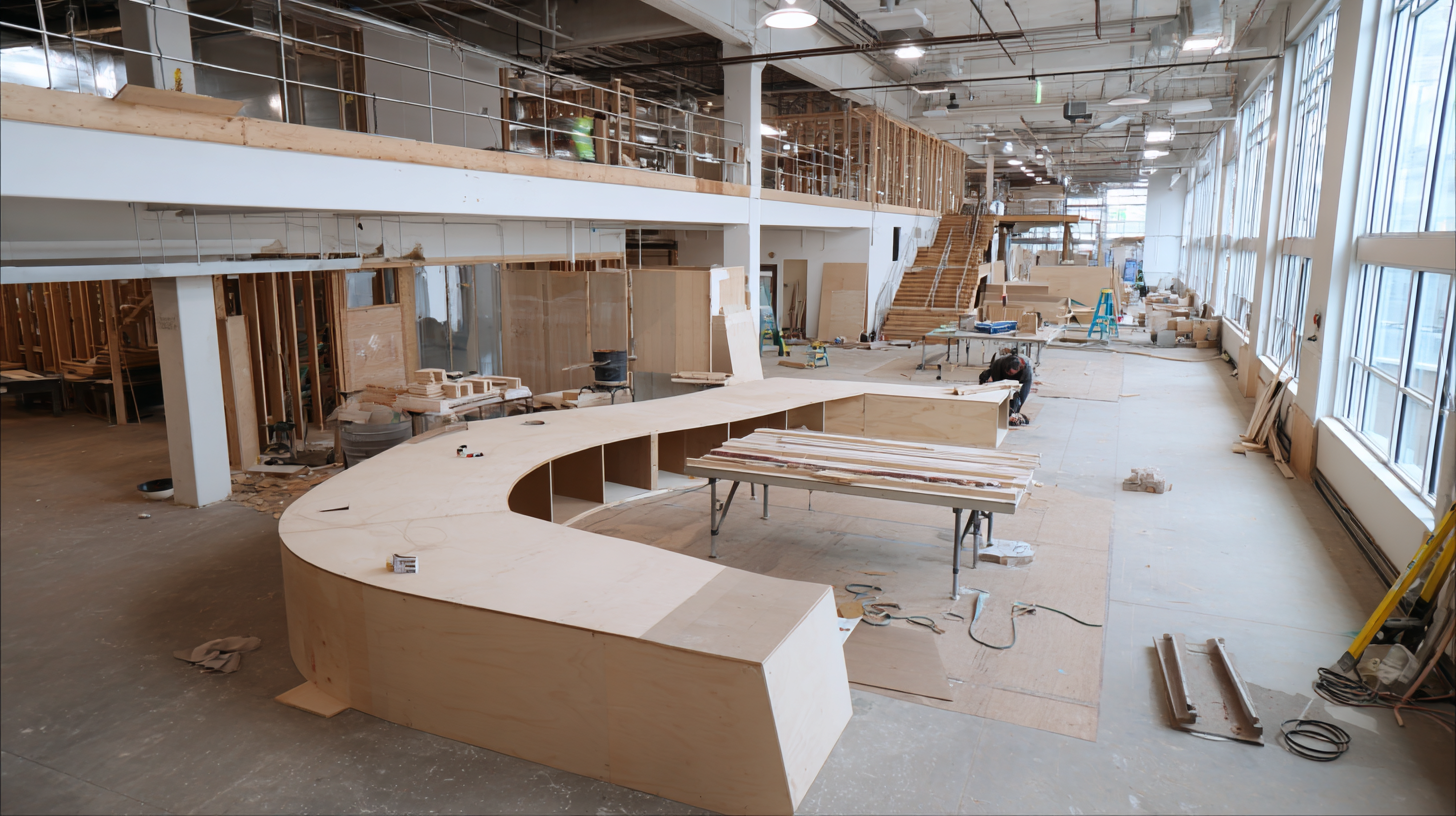
Upcycling has emerged as a powerful trend within the realm of sustainable home design, allowing furniture builders to transform old, discarded pieces into stylish new additions for contemporary homes. This innovative approach not only reduces waste but also breathes new life into furniture that would otherwise end up in landfills. By creatively reimagining outdated items, artisans are able to showcase their craftsmanship while contributing to a more sustainable future.

Furniture makers are increasingly exploring various upcycling techniques, from refinishing and reupholstering to more intricate modifications. For instance, an old wooden chair might be stripped and painted with eco-friendly materials, turning it into a vibrant accent piece suitable for any living space. Similarly, vintage dressers can be converted into unique bathroom vanities, allowing for personalization and practicality. These transformations not only enhance the aesthetic of a home but also tell a story of renewal and resourcefulness in a market that values sustainability.
As the demand for sustainable products rises, furniture builders are increasingly focusing on smart production methods that incorporate eco-friendly practices into their manufacturing processes. This trend is not just about using sustainable materials; it involves rethinking the entire production line. Manufacturers are adopting advanced technologies such as automation and IoT (Internet of Things) to optimize production efficiency and minimize waste. By leveraging data analytics, they can predict demand more accurately and adjust their output to match, thereby reducing overproduction and excess inventory.
Additionally, furniture builders are exploring renewable energy sources to power their factories, thereby significantly lowering their carbon footprint. From solar panels to wind energy, many are investing in green energy solutions that align with sustainability goals. Furthermore, the integration of recyclable materials into their products ensures that once the furniture's life cycle ends, it can be repurposed instead of contributing to landfill waste. With these innovative practices, furniture manufacturers are not only meeting consumer demands but are also playing a crucial role in fostering a more sustainable future for home design.
As the importance of sustainability continues to grow, furniture builders are increasingly recognizing the need to educate consumers on making eco-friendly choices. This awareness empowers buyers to understand not only the material origins of their furniture but also the environmental impacts associated with their purchases. By sharing information on sustainable practices, such as sourcing from renewable resources, upcycling materials, and employing environmentally friendly manufacturing processes, companies are fostering a more informed consumer base.
To effectively communicate these sustainability trends, furniture manufacturers are leveraging various platforms to reach their audience. Interactive workshops, online guides, and engaging social media content serve to demystify eco-friendly furniture options. Additionally, maintaining transparency about sourcing and production practices has become essential, enabling consumers to make choices that align with their values. As awareness of sustainable furniture continues to rise, it is crucial for brands to help guide buyers, ensuring that environmentally responsible practices become the norm rather than the exception.
| Sustainability Dimension | Consumer Awareness Level | Preferred Sustainable Materials | Impact on Purchase Decisions (%) |
|---|---|---|---|
| Bamboo | High (68%) | Bamboo | 35% |
| Recycled Wood | Medium (52%) | Recycled Wood | 25% |
| Cork | Low (35%) | Cork | 15% |
| Post-Consumer Recycled Materials | High (70%) | Recycled Plastic | 40% |
